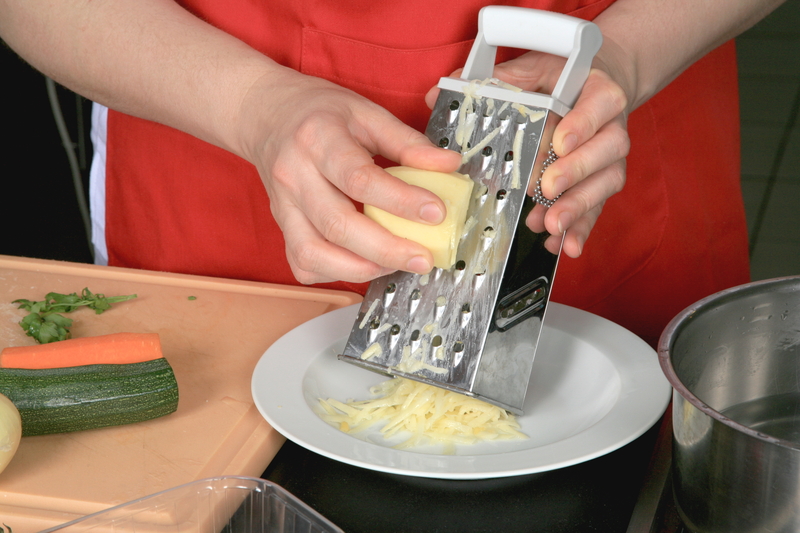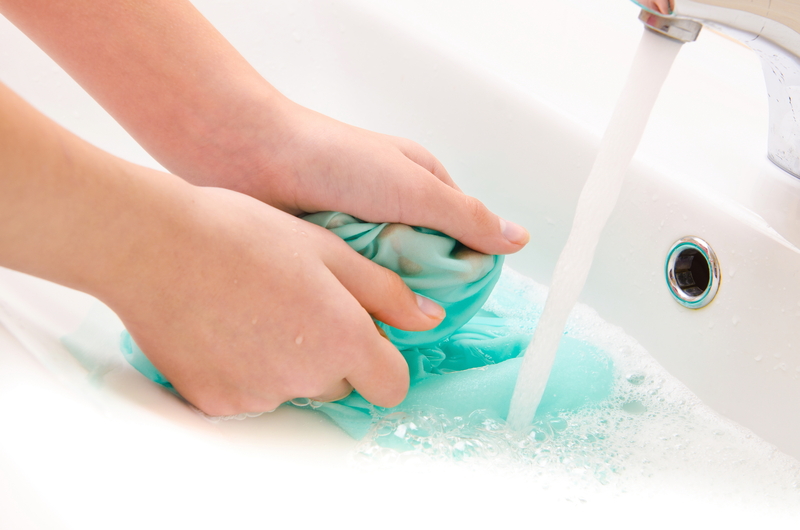Correcting Bleach Damage on Fabric
Posted on 13/03/2025
Bleach is a powerful cleaning agent that can effectively remove stains and disinfect various surfaces. However, bleach can cause significant damage to fabrics if not used correctly. This damage often manifests as discolored or weakened fabric, which can ruin your favorite clothing items or household textiles. Fortunately, there are ways to correct bleach damage on fabric. In this article, we'll explore several methods to repair bleach-damaged fabric, tips to prevent future damage, and the pros and cons of using these techniques.
Identifying Bleach Damage
Bleach damage often appears as white or yellowish spots on colored fabric, or as fading and weakening on both colored and white fabrics. The bleach may have removed some or all of the dye, leaving the affected area lighter than the surrounding fabric. In severe cases, the bleach can weaken the fabric fibers, causing them to fray or tear.

Neutralizing Bleach
The first step in correcting bleach damage is to neutralize any remaining bleach to prevent further damage. To do this, rinse the affected area thoroughly with cold water, then soak it in a solution of 2 tablespoons of hydrogen peroxide per gallon of water for around 10 minutes. Hydrogen peroxide acts as a neutralizing agent and helps to stop the bleaching effect.
Repairing Discoloration
Once the bleach has been neutralized, you can begin to repair the discoloration. Here are a few methods to consider:
1. Use Fabric Markers: Fabric markers can be used to restore color to small bleach spots. Choose a marker that matches the color of your fabric as closely as possible, and apply it carefully to the discolored area.
2. Fabric Dye: For larger bleach spots, consider using fabric dye to restore the color. First, check the dye's compatibility with the fabric material. Follow the instructions on the dye package for the best results.
3. Patchwork: If the damage is extensive, patching the area may be your best option. Use a piece of fabric that matches the original as closely as possible and sew it over the damaged area.
4. Creative Solutions: Sometimes, embracing the bleach spots and turning them into a design element can be a creative solution. Tie-dyeing the entire fabric can be a fun and effective way to mask bleach damage.
Strengthening Weak Fabric
If the bleach has weakened the fabric fibers, reinforcing the fabric can help prolong its life. Consider the following methods:
1. Stabilizing with Interfacing: Iron-on interfacing can be applied to the inside of the fabric to add strength. This is particularly useful for garments.
2. Mending with Stitching: For frayed edges, use a sewing machine or hand-stitching to reinforce and mend the fabric. A zig-zag stitch can help prevent further fraying.
Preventing Future Bleach Damage
Prevention is always better than cure. Here are some tips to avoid bleach damage in the future:
1. Use Proper Dilution: Always dilute bleach according to the instructions on the label. Using concentrated bleach increases the risk of fabric damage.
2. Spot Test: Before applying bleach to any fabric, conduct a spot test on a hidden area to see how the fabric reacts.
3. Avoid Direct Application: Never pour bleach directly onto fabric. Instead, mix it with water and apply using a spray bottle or sponge.
4. Timing is Key: Do not leave bleach on fabric for too long. Rinse it off as soon as it has achieved the desired effect.
Pros and Cons of Correcting Bleach Damage
Pros:
- Cost-Effective: Repairing bleach-damaged fabric is usually cheaper than replacing the item.
- Sustainable: Fixing damaged items reduces waste and is better for the environment.
- Customizable: You can use creative solutions to personalize your clothing or textiles.
Cons:
- Time-Consuming: Repairing bleach damage can be a tedious and time-consuming process.
- Inconsistent Results: The success of repair methods can vary depending on the fabric type and severity of the damage.
- Potential Weakness: Even after repairs, the fabric may be weaker and more prone to future damage.
Tips for Successful Repairs
- Match Colors Carefully: When using fabric markers or dye, make sure to match the color as closely as possible to avoid noticeable differences.
- Follow Instructions: Always read and follow the instructions on any products you use for repairs.
- Be Patience: Repairing fabric takes time and care. Rushing the process can lead to less satisfactory results.

Key Takeaways
- Neutralize bleach immediately to prevent further damage.
- Use fabric markers, dye, or patching to repair discoloration.
- Reinforce weakened fabric with interfacing or stitching.
- Prevent future damage by using bleach properly and carefully.
Conclusion
Correcting bleach damage on fabric is a manageable task that can save your favorite clothing items and household textiles. By identifying the damage, neutralizing the bleach, and using appropriate repair methods, you can restore the appearance and strength of your fabric. Remember to take preventive measures to avoid future bleach damage, and consider the pros and cons of each repair method before proceeding. With patience and care, you can successfully address bleach damage and extend the life of your fabrics.



